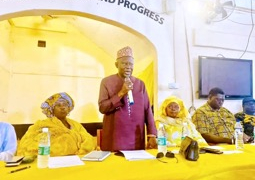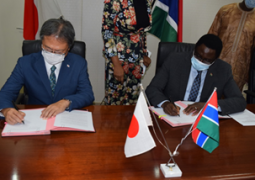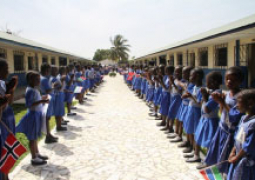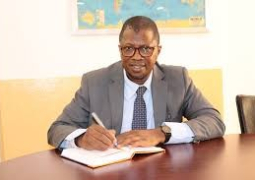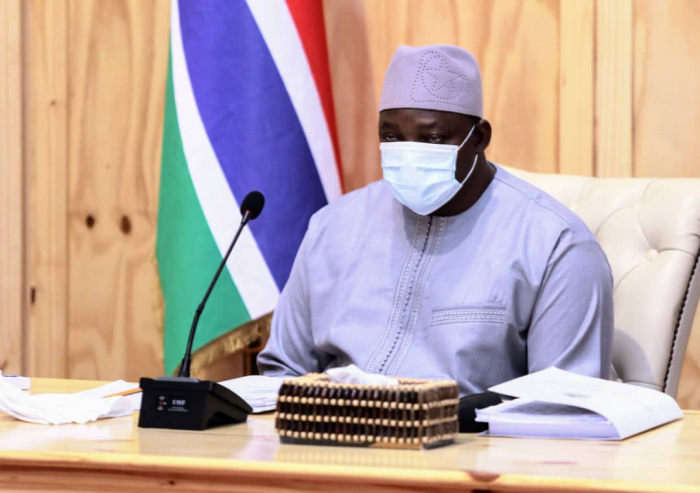
President Barrow added that this would induce the needed capital to transform and modernise agriculture in the country.
Last year, he said the agriculture sector registered increases, above the national average, in the production levels of crops, such as paddy, maize, millet, groundnut, and sesame.
“The production of key commodities, like vegetables, fruits, milk, and eggs also increased. As a result, the per capita availability of these food items has increased, even though both population and demand increased. Due to increased support from FAO and WFP, commercial poultry farming increased by about 40% in 2021.”
Mr. Barrow continued that the Ministry of Agriculture is implementing eight major projects, with a total portfolio of $294.13 million mobilised through partner support.
To boost the incomes of farming households, he said the government has in the past five years invested heavily to modernise and transform the agriculture sector.
“As a result, through donor-funded projects, the sector was able to reach three hundred communities, thus opening 6,000 hectares for rice cultivation, four hundred hectares for vegetable production and more than one hundred poultry schemes to boost the availability of poultry meat and locally produced eggs. These investments and their results have laid a solid foundation for the sector’s investment plan.”
On the environment, President Barrow said the international community recognises The Gambia as the only country on track to achieving the Paris Agreement temperature goal of 1.5 degrees centigrade by 2050.
He added that the country is vulnerable to the negative impact of Climate Change, as shown by the frequency of windstorms and floods. To mitigate this, he highlighted that the government developed relevant policy documents and implemented adaptation and resilience building projects amounting to $36 million in the past five years.
Dwelling on Basic and Secondary Education, the president explained that the country continues to register impressive progress at all levels of the education sector, saying it is pleasing that female students now have higher Gross Enrolment and Net Enrolment Rates at all levels, from ECD and Lower Basic to the Upper Basic and Senior Secondary School levels.
“With partner support, the government built 2,597 new classrooms and 3,116 toilet cubicles during the last five years. Additional 498 classrooms and 456 toilet cubicles are under construction and 1,076 rooms, for teacher accommodation, are already in use around the country. There are plans to increase the number to ease accommodation challenges for teachers.”


